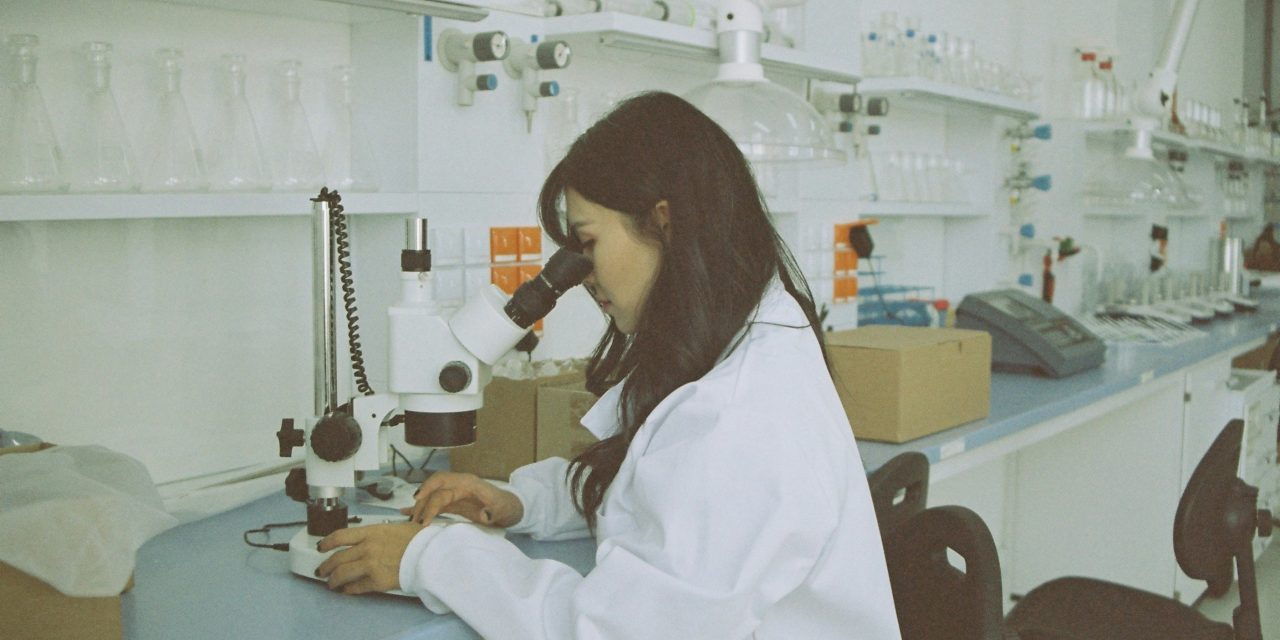Physics has always been considered a male-dominated field. However, throughout history, many women have made invaluable contributions to the field, despite facing numerous obstacles and biases. In this blog post, we will celebrate the achievements of female physicists and advocate for greater inclusion of women in physics.
Obstacles and Biases
From the earliest days of physics, women have had to overcome obstacles and biases to pursue their passion for the subject. They have had to fight against societal expectations that saw them as unsuited to the field, as well as biases within the scientific community itself that minimized their contributions.
Despite these obstacles, women have made significant contributions to physics. In 1903, Marie Curie became the first woman to win a Nobel Prize in physics, for her work on radioactivity. Since then, women such as Chien-Shiung Wu, Vera Rubin, and Lise Meitner have made groundbreaking discoveries and furthered our understanding of the universe.
Inspiring Future Generations
The contributions of female physicists have inspired generations of women to pursue careers in the field. Today, organizations such as the Association for Women in Science (AWIS) and the Women in Physics (WiP) group of the American Physical Society are working to support and encourage women in physics.
By highlighting the contributions of female physicists, we can inspire more women to pursue careers in the field and help to create a more inclusive and diverse scientific community. We need more female physicists to help tackle some of the most pressing challenges facing our world, from climate change to space exploration.
Breaking the Glass Ceiling
While progress has been made, there is still much work to be done to create a more inclusive and diverse field of physics. Women are still underrepresented in physics at all levels, from undergraduate to faculty positions. There is also a gender pay gap in physics, with women earning less than their male counterparts.
It is time for the scientific community to recognize the value of diversity and inclusion and take action to break down the barriers that prevent women from succeeding in physics. By doing so, we can tap into the full potential of the scientific community and work together to address the challenges facing our world.
In conclusion, the contributions of female physicists have been invaluable to the field of physics and have inspired generations of women to pursue careers in the field. However, there is still much work to be done to create a more inclusive and diverse field of physics. By recognizing the value of diversity and inclusion and taking action to break down barriers, we can create a more equitable and successful scientific community. So let’s celebrate the contributions of female physicists and work together to build a brighter future for physics.

